
11 Things Ireland is Famous For
In October, 2024 I was lucky to find a two-week dog sitting position in Dublin. As a result, I was able to explore Dublin city for many days. I visited several museums, parks and gardens, Dublin Castle, a famous prison, and a historic Guinness family estate known as Farleigh Hall.
I learned quite a lot about Irish history and famous iconic Irish traditions. Some are very well known worldwide, while others may be known more fully only to fans of particular products or past times.
Following are 15 of the most famous Irish things…
1. Irish Whiskey
I’m sure most people have at least heard of Irish Whiskey, while whiskey aficionados will undoubtedly know first hand at least a few of Ireland’s most renowned whiskeys.
I’ve never acquired a taste for whiskey myself, but I have heard of Irish Whiskey. But I’d be hard-pressed to name any particular brand. Looking online now at a list of top Irish Whiskey labels, the only one I’ve ever even heard of is Jameson.
Other top labels include Bushmills, Redbreast, Middleton, Tullamore Dew and Lost Irish, though there are at least a dozen top brands today.
According to some quick research, I learned that whiskey making in Ireland dates back to at least the 13th century. Several current brands date back to the 1600 or 1700s, including Jameson, Middleton, Teeling and Bushmills. But in recent years, Irish Whiskey has become increasingly more popular and several other brands have sprouted.
Apparently traditional Irish Whiskey is referred to as ‘single pot still Irish whiskey’. It’s made from a mix of malted and un-malted barley that’s distilled in traditional copper pots. There may also be up to 5% of other grains in the brew. But there are also Irish Malt Whiskeys.
Irish Whiskey is considered smoother than Scotch Whiskey, which is said to be heavier and fuller in flavor.
The most surprising thing I’ve just learned is how expensive top Irish whiskeys are. Several are in the $200 per bottle range, while others cost $400+ or $600+ per bottle. Really expensive bottles cost from $1500-2500 per bottle, or even more. Wowie, that is an expensive beverage!

2. Guinness Beer
Even more famous than Irish Whiskey is Guinness Beer, a household name all over the world. Beer lovers may also know that it’s from Ireland.
I have to admit that, while I’ve heard of Guinness of course, I did not know that it’s from Ireland! That’s because I have never enjoyed drinking beer.
The Guinness Beer legend is attributed to Arthur Guinness, who descended from a long line of beer brewers. In 1789, Arthur secured a 9000-year (!) lease on a Dublin brewery and set about creating, marketing and distributing his particular version of beer. By the 1860s Guinness was known all over the world.
3. Guinness World Records
The renowned Guinness World Records (formerly called Guinness Book of Records) comes from the Guinness Beer company. The book is considered the ultimate authority on record-breaking human achievements around the globe. The company’s mission is to document the incredible.
It all started in 1854 by then Managing Director of the Guinness Brewery, Sir Hugh Beaver. At the time, there were many unresolved public disputes among the well-to-do about various daily facts, such as the fastest game bird in Europe. Answers to such questions were not found in any reference book.
Mr. Beaver decided to assemble a team of well-known fact-finders to research various information and compile a book of superlative facts and figures. The idea was actually intended as a promotion for Guinness Beer.
Little did they know that the book would go on to become a best seller and lead to this renowned source of global superlative achievements.
To date, they have compiled annual record books for 70 years with 153 million+ books sold in 40 different languages in 100 countries around the world. Each year there are thousands of records, 80% of which are new or updated.
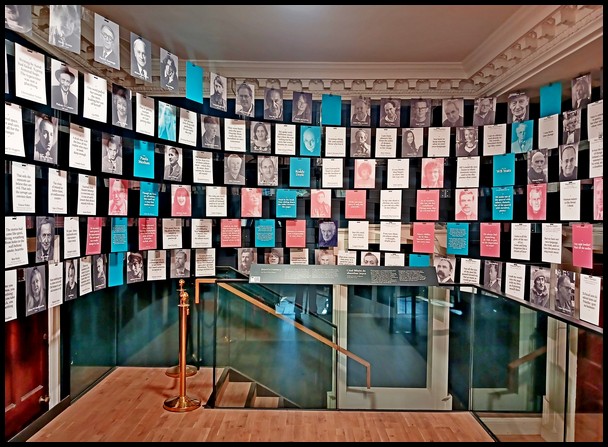
4. A Plethora of Renowned Writers & Poets
Until I visited Dublin’s small but very educational Museum of Irish Literature, I did not know that so many super famous writers and poets originated in Ireland.
Many of them are household names that nearly everyone has a least heard of. Avid fans of classic literature no doubt have read their works and may even be able to recite their poems or lines from their books.
They include Oscar Wilde, James Joyce, George Bernard Shaw, William Yeats and Bram Stoker (author of Dracula) to name just a few of the most famous Irish writers.
Turns out that there are soooo many famous Irish authors that a display of them fills an entire room in the museum, as you can see above.
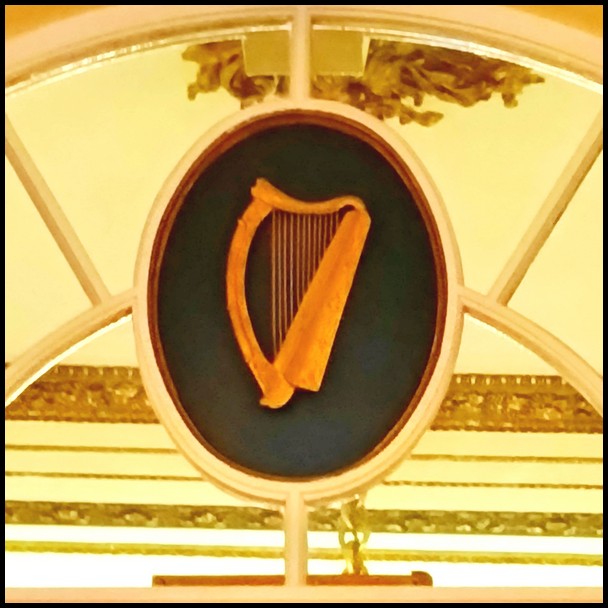
5. Harps
I’ve always loved the lyrical sound of the harp. But I must confess that I did not know the instrument originated in Ireland.
Harps are so beloved and famous in Ireland that they became the symbol of the nation as early as the 1200s. The harp now adorns the Republic of Ireland’s passport, official government documents, presidential seals and Irish currency. It’s also found on various alternate Republic of Ireland flags.
Historically, the harp was associated with the royal family, particularly with the Last High King of Ireland, Brian Boru, who was an avid harpist.
The harp is also the logo on Ryan Airlines planes and Guinness Beer, though in reverse image.
6. Irish Music
Music indigenous to the island of Ireland is called Traditional Irish Music or Irish Folk Music. There are many, many different genres and many different instruments used. Forms of Irish Music go all the way back to the 800s, so it’s not surprising that over the course of 12 centuries many varieties of music were created.
Over all, genres include ballads, dance music, drinking music, harp music (mostly played for royalty), military music, choral music and others. Types of dance music include jigs, double jigs, polkas and reels. In more recent centuries, ballroom dances and mazurkas were created.
Important Irish instruments include the Irish fiddle, harp, Irish bagpipes, accordion and concertina.
Many forms of traditional Irish music still remain intact and many modern day musicians, singers and rock bands have incorporated Irish Music into their own fusion style. Some examples are A/C D/C, Red Hot Chili Peppers, Sinead O’Connor, Van Morrison, Enya. In addition, hundreds of local and nationally-known Irish rock bands play their own versions of rock and Irish music, beginning in the 1960s.
7. Leprechauns
Leprechauns originated in ancient Irish folklore and are key figures in Irish mythology, going back at least to the 700s AD. But scholars seem to disagree about the actual origin and tales.
Some say that the word leprechaun came from an ancient Irish-Celtic god and cultural hero named Lugh. Others say that leprechaun means ‘small body’.
Some say leprechauns are small supernatural beings associated with water spirits or considered a type of solitary fairy. Apparently there are no female leprechauns.
Still others say leprechauns are cobblers by trade who own a bag of gold, which they must reveal to anyone who can catch them. But they are clever, mischievous and strongly intend on keeping their gold, which makes them incredibly difficult to capture.
While leprechauns are considered not actually real, there are supposedly 236 leprechauns currently living in Ireland. Hmm…go figure that one out!
The only thing that everyone seem to agree on is that leprechauns are part of ancient Irish culture or folklore. Which ever way you regard them, leprechauns are strongly connected to Ireland. There’s even a Leprechaun Museum in Dublin for visitors who want to learn more leprechaun tales.
8. St Patrick’s Day
St Patrick’s Day originated in Ireland in the 1600s as a day of feasting in honor of St Patrick, one of Ireland’s leading saints way back in the 400s AD and now Ireland’s patron saint. Apparently, it was St Patrick who introduced Christianity to Ireland.
When thousands of Irish immigrated to the USA in the 1700s, particularly to Boston and NYC, they took St Patrick’s Day with them. The first annual St Patrick’s Day Parade in NYC was held in 1766. That was 10 years before America became an independent nation!
The original St Patrick’s Day of feasting eventually evolved into a holiday centered around heavy drinking, along with parades and everyone wearing green. Now it’s celebrated all over the world.
9. Shamrocks
Like the harp and leprechauns, shamrocks are associated with Ireland. In fact, the shamrock is the National Flower of Ireland and has long been part of Irish culture.
Rather amazingly, the origins go back to St Patrick. When St Patrick introduced Christianity to Ireland, he used the shamrock, with its three large connected petals, as an analogy to the Holy Trinity, to explain to laymen the interconnection of the Father, Son and Holy Ghost.
Who knew?!
10. Potatoes
Potatoes are often associated with Ireland. However, that’s primarily because of the notorious Potato Famine that struck Ireland in the mid 1800s.
Potatoes actually originated in Peru, where there are amazingly about 3000 varieties of potatoes. When the Spanish conquered South America in the early 1500s, they discovered potatoes and eventually exported them to Europe.
Sir Walter Raleigh introduced Potatoes to Ireland in 1589. Prior to that, the Irish diet mainly relied on oats, wheat, barley, porridge, bread and dairy products. But potatoes grew exceedingly well in Irish soil. They are filling, nutritious and dense in calories, so Irish people began including potatoes more and more into their diets, especially the poor.
In the 1800s, other grains became extremely expensive in Ireland, so potatoes became even more important to poor tenant farmers and other poor Irish. By the mid 1800s, about 50% of Irish relied solely on potatoes, while the other 50% also relied heavily on them.
Quite disastrously, in 1845 a mold caused a dangerous, fast-spreading plant disease that spread rapidly through Ireland, causing great crop failures. It decimated about 50% of the potato crops in 1845. Over the next seven years, it wiped out about 75% of potatoes.
Over the seven years of the Potato Famine, also called The Great Hunger, it’s esimated that one million Irish starved to death and another one to two million emigrated out of the country.

11. IRA ‘Terrorist’ Group
IRA – Irish Republican Army – is the name used by several different militant groups over a century, from the early 1900s to present. The stated mission of these IRA groups is to break Ireland away from ‘colonial imperialism’, meaning to free Ireland from the British monarchy.
The original IRA, 1919-1922, was organized by Irish soldiers who returned from WWI and initiated the Irish War of Independence. This did lead to Ireland becoming a sovereign nation, well actually two nations, in 1922.
Irish fighting groups could not agree on whether to remain under the umbrella of the British crown or not. The Republic of Ireland broke away completely and is part of EU. The much smaller Northern Ireland is also a sovereign nation, but stays connected to the British crown, just like Scotland and Wales.
From 1922 to the present many different splinter groups of IRA have formed over the decades, each with a slightly different view of things. From the late 1960s to 1998d, nearly 30 years, a kind of civil war raged in Northern Ireland, fought by various IRA groups on both sides. There were bitter political/ethnic/religious differences between the groups.
There were ongoing riots, mass protests, civil unrest and bombings, particularly in Belfast over that time. These were the modern day IRA terrorist groups that people around the world currently in their 50s or older probably remember hearing about on the news. The conflict was finally resolved in 1998 by Good Friday Agreement.
IRA groups still exist today, though no major conflicts have been underway in the 2000s thus far.
========================
You might also enjoy:
15 Surprising Facts about Wales
9 Quintessential Scottish Traditions
================================









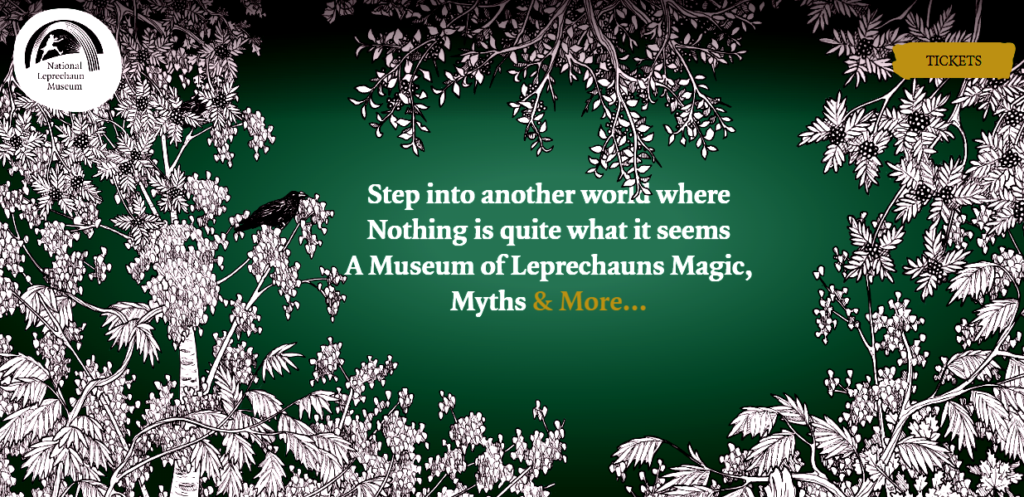

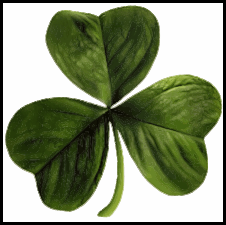


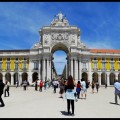
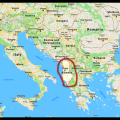


 Hi! I'm Lash, an American nomadic world traveler who's been traveling solo since 1998. I’m passionate about traveling the world nomadically and then sharing it all with you. I hope to inspire you to travel the world, to entertain you with tales from the road, and to help you reach your travel dreams. Welcome!
Hi! I'm Lash, an American nomadic world traveler who's been traveling solo since 1998. I’m passionate about traveling the world nomadically and then sharing it all with you. I hope to inspire you to travel the world, to entertain you with tales from the road, and to help you reach your travel dreams. Welcome! 



